Costumes des Peuples Étrangers
Costumes des Peuples Étrangers & Jeu d’Or dedicated to young people and likely used for games and fortune-telling.
Two nearly identical decks on The Metropolitan Museum of Art website contain 32 cards each. These decks depict people from Europe, Asia, Africa, and America, showcasing their physical attributes, clothing, and common demeanours. Additionally, both sets include elements for fortune-telling and share nearly identical designs, typography, and layouts. These decks align with the late 18th-century French trend of cartomancy cards, influenced by the contributions of Etteilla, his peers, and their successors.
The cards also allude to the “Four Continents” theme inspired by Europe's increasing exploration, trade, and colonization of various parts of the world. The illustrations arouse fascination with exotic and unfamiliar locations from the four corners of the world. The topic had given rise to a book publishing industry specialising in accounts of voyages to remote parts of the world, the peoples, different religions, forms of government and ways of life encountered. Several such books had been produced with the collaboration of Jacques Grasset Saint-Sauveur (1757-1810), a former diplomat, traveller and writer who is also known to have been part of the cartomancy scene and whose work probably inspired these cards.
Jeu d’Or
This pack contains 4 allegories of the four continets - Africa, America, Asia & Europe - along with 28 cards representing inhabitants from different countries. The cards have their number and titles at the bottom, while at the tops and down the sides are printed in French fortune-telling questions (D) and responses (R), such as: “Tell me frankly am I good in your eyes?”, “Can I be quiet alas! when my heart sighs?” or “What would you do if I said yes to you?” The answers appear to be found on different cards, perhaps those which turn up next in the reading: “What do you think?”, “It is not for me to answer you”or “Will you be constant?”. A small miniature playing card in the bottom right-hand corner gives additional value to each card. However, the card numbers are not consecutive and run as high as 40, suggesting this is not a complete set (missing 8 cards, or the 8 green-tinted cards from the ‘Costumes des Peuples Étrangers’ (below) belonged with this set).
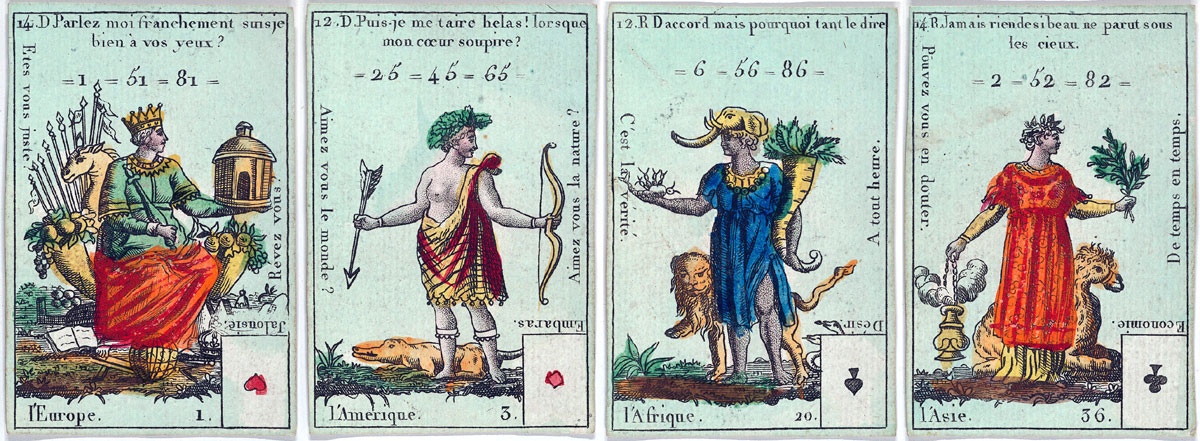
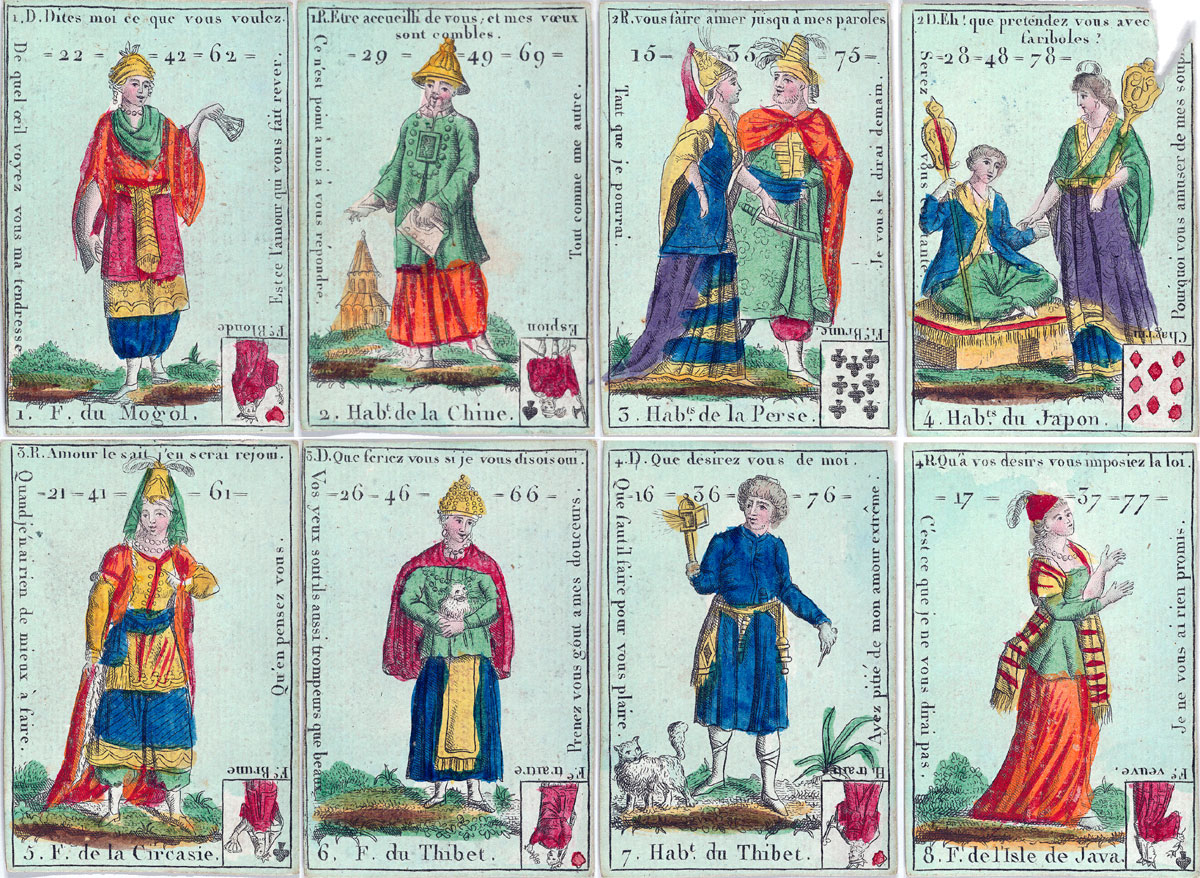
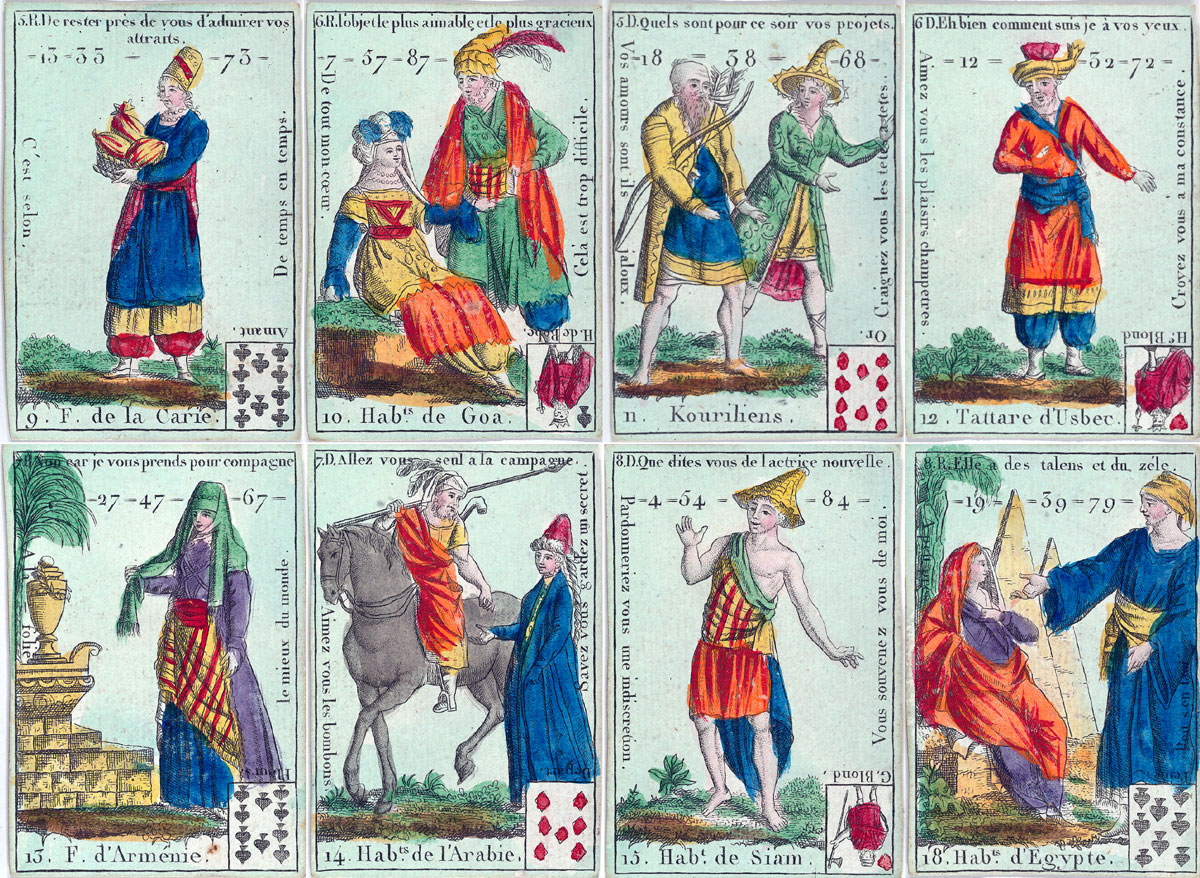
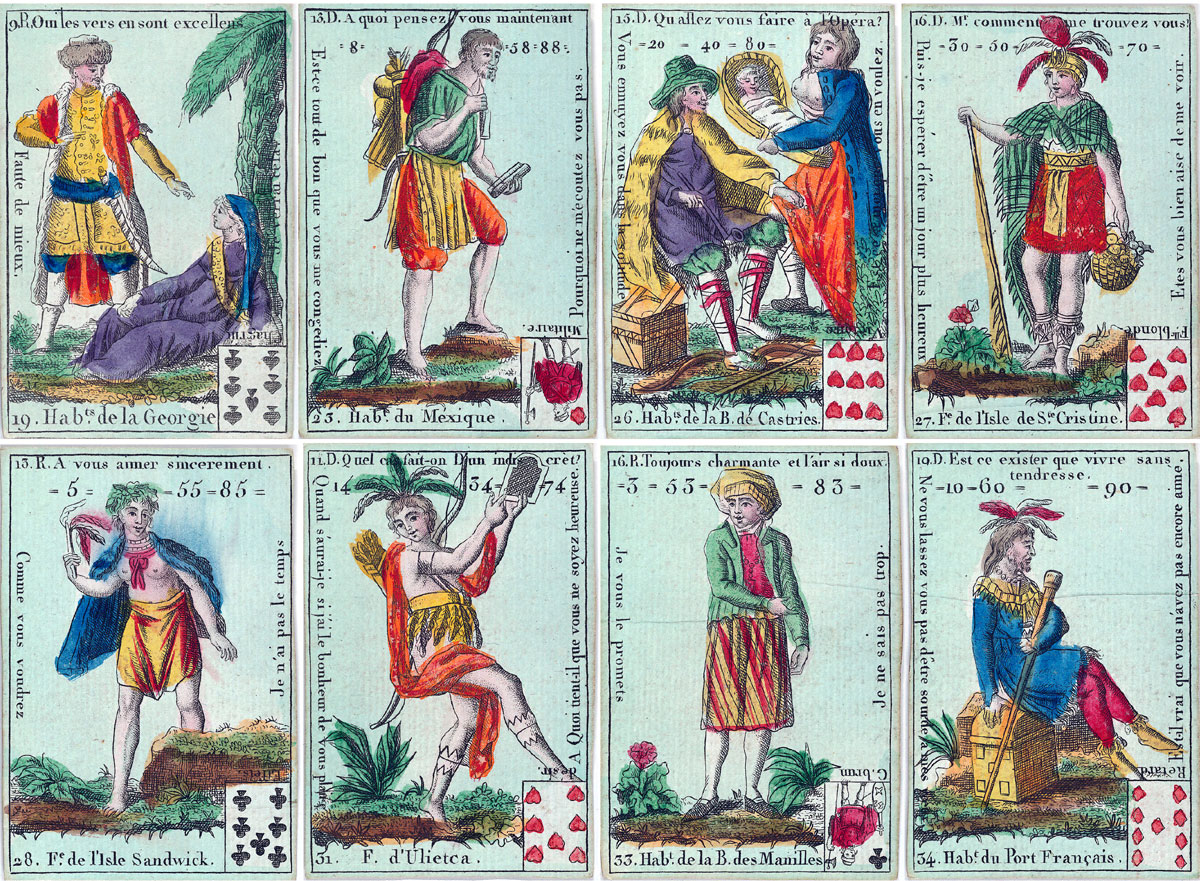
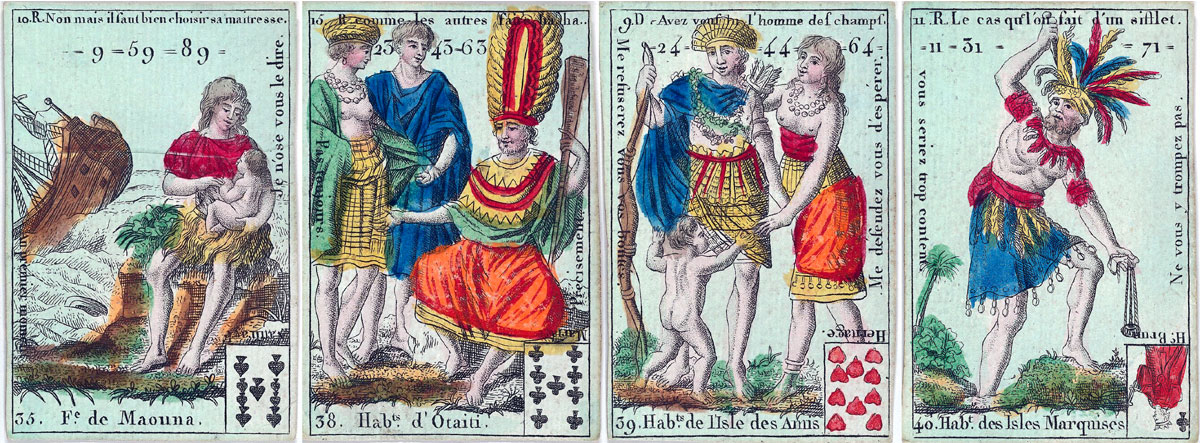
Above: Jeu d'Or playing cards, 32-cards, anonymous manufacturer, late 18th or early 19th century French, etching and hand colouring (watercolour). © The Metropolitan Museum of Art. All rights reserved. Accession Number: 59.654.14►
Costumes des Peuples Étrangers - Jeu divinatoire géographique
'Composées de tous les Costumes des peuples étrangers avec de jolies devises et bons mots.
Dediées aux Jeunes Gens; Je me fixe a la plus belle / Imitez moi'
The set contains 32 cards depicting clothing and costumes from various geographic regions: 4 ‘Continent’ cards and 4 ‘Virtue’ cards; the remaining 24 cards have what resemble fortune-telling or love-motto questions (D) and answers (R), as in the Jeu d'Or (above). In the bottom right-hand corner can be found a reversed miniature playing card with a keyword suggesting an outcome, such as Departure, Grief or Desire.
Although some of the characterisations may be seen as Orientalist or colonial, overall the images and quotes give a sense of well-being, innate moral sense, noble spirit and happiness which enhance their educational value. The four virtue cards further endorse this.
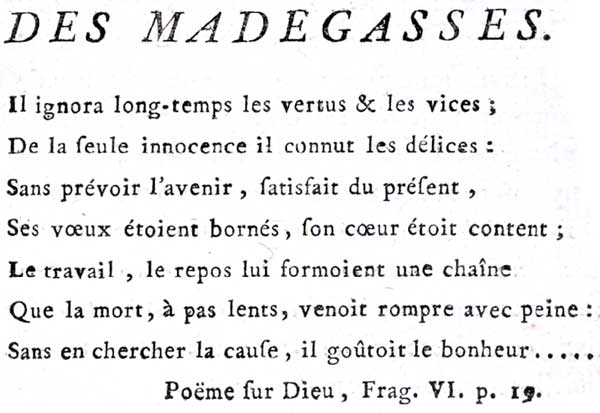
Above from “Costumes Civils actuels de tous les Peuples connus”, artwork by Desrais and Jacques Grasset de Saint-Sauveur, Paris, 1784-1788.
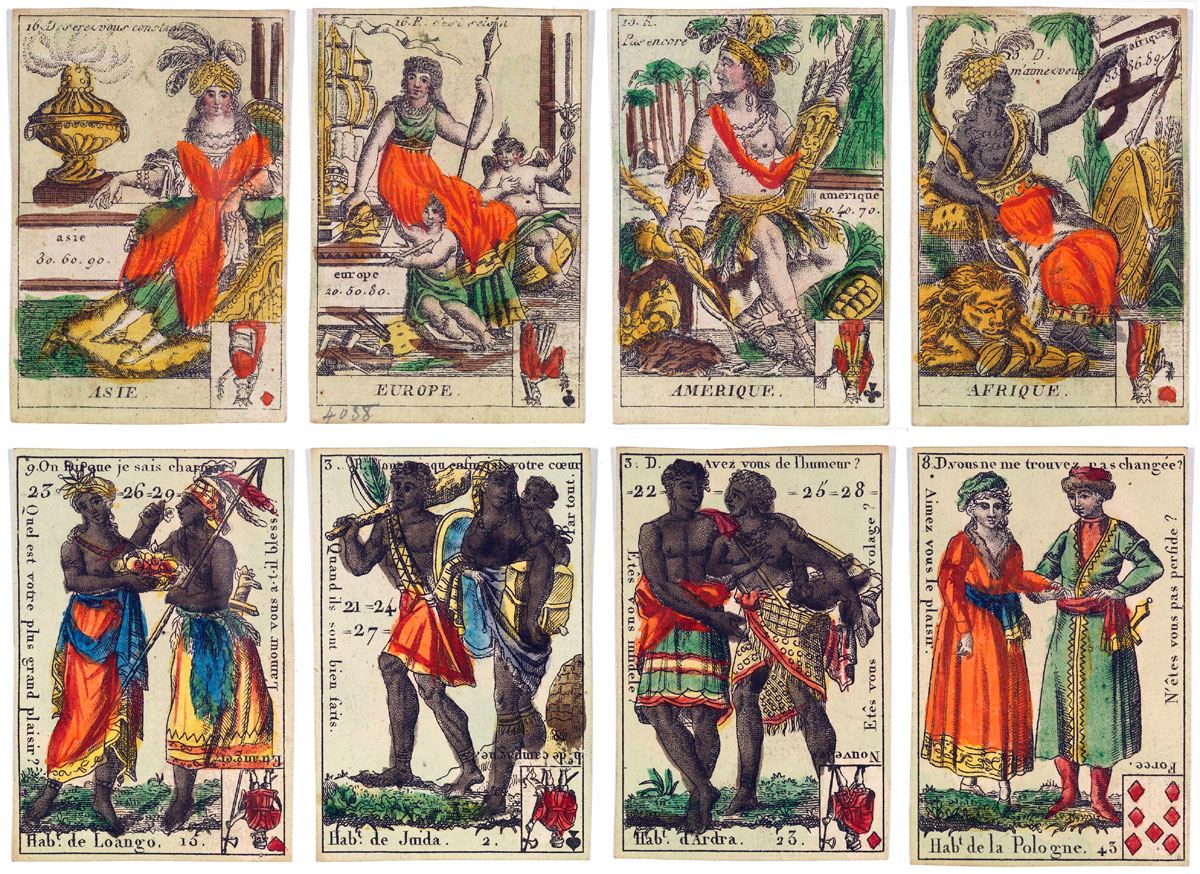
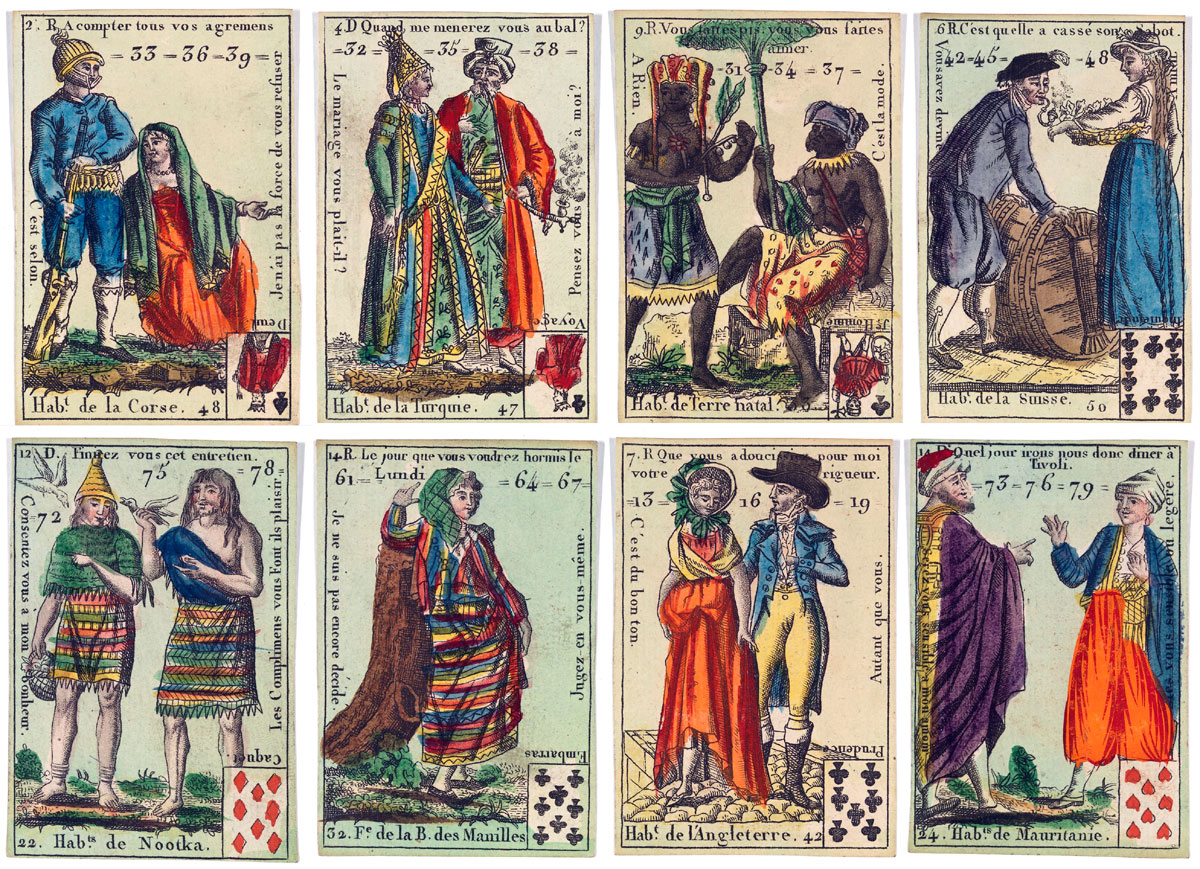
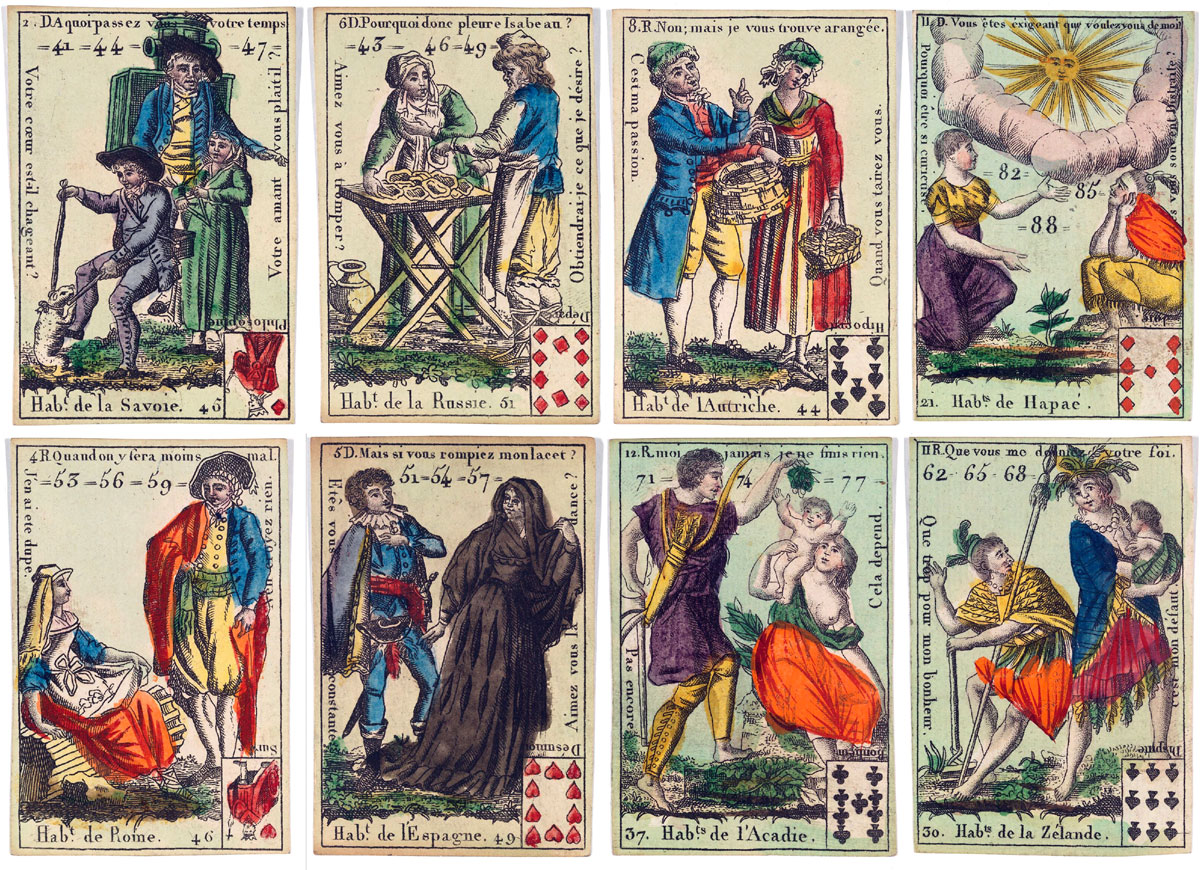
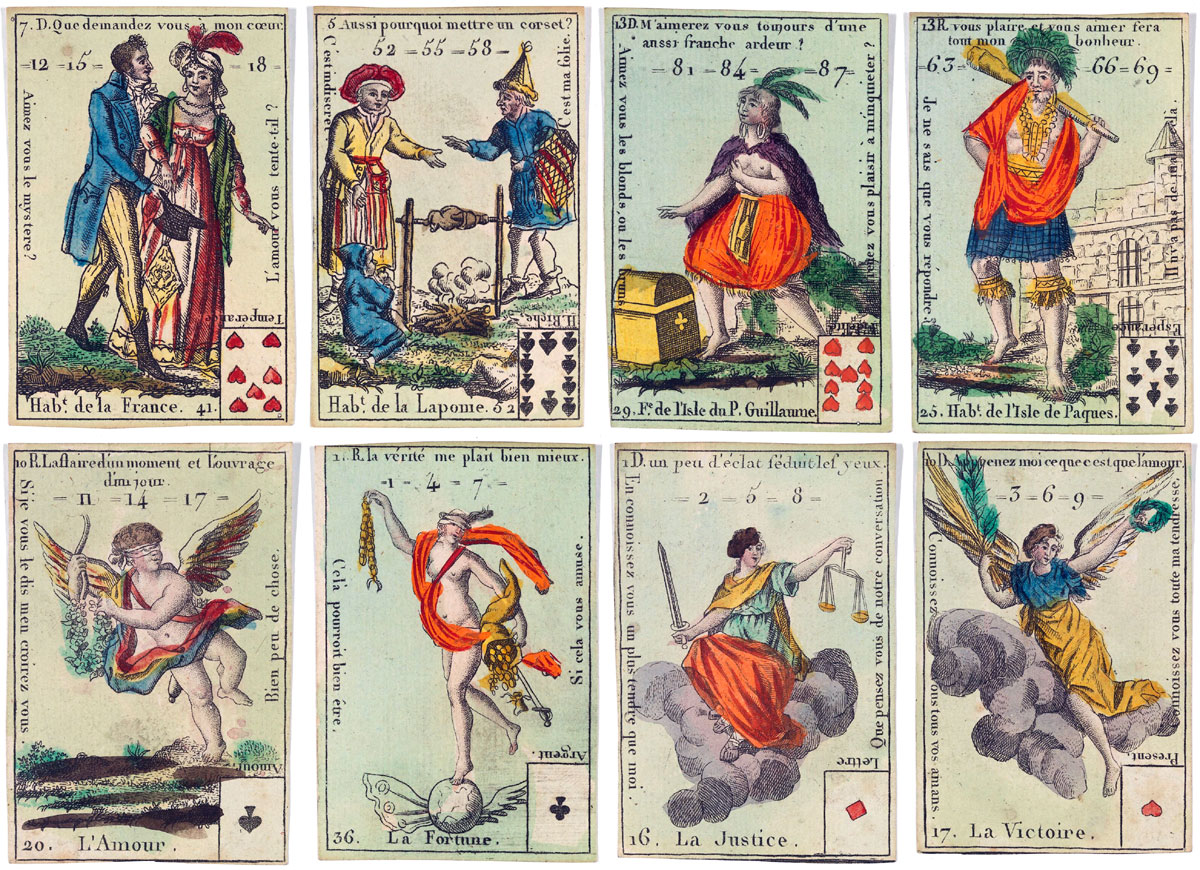
Above: "Costumes des Peuples Étrangers" playing cards, 32-cards, anonymous manufacturer, late 18th or early 19th century French, etching and hand colouring (watercolour). © The Metropolitan Museum of Art. All rights reserved. Accession Number: 59.654.17►
The four virtue cards have resemblances to other French cartomancy cards from late 18th / early 19th centuries.
Further References
Saint-Sauveur, Maréchal, et al., Pavard, Paris, 1788 (view 83): Costumes Civils actuels de tous les Peuples connus►
Saint-Sauveur, Paris, 1797 (view 83): Tableaux des principaux peuples de l'Europe, de l'Asie, de l'Afrique, de l'Amérique, etc►
Tarot Forum: Etteilla Timeline and Etteilla card Variants►
Sisonke Msimang: “My four-year-old daughter is asking questions about colonial history. How do I respond in an age-appropriate way?” in The Guardian Fri 18 Aug 2023 ►
By Simon Wintle
Spain • Member since February 01, 1996 • Contact
I am the founder of The World of Playing Cards (est. 1996), a website dedicated to the history, artistry and cultural significance of playing cards and tarot. Over the years I have researched various areas of the subject, acquired and traded collections and contributed as a committee member of the IPCS and graphics editor of The Playing-Card journal. Having lived in Chile, England, Wales, and now Spain, these experiences have shaped my work and passion for playing cards. Amongst my achievements is producing a limited-edition replica of a 17th-century English pack using woodblocks and stencils—a labour of love. Today, the World of Playing Cards is a global collaborative project, with my son Adam serving as the technical driving force behind its development. His innovative efforts have helped shape the site into the thriving hub it is today. You are warmly invited to become a contributor and share your enthusiasm.

Related Articles
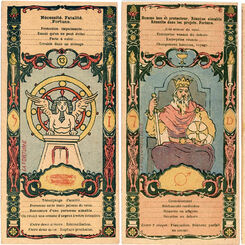
Tarot hiéroglyphique égyptien
The design of the cards draws inspiration from various religious and philosophical traditions merged...
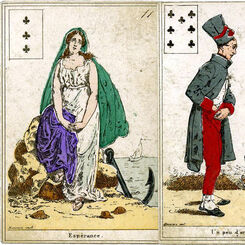
French Cartomancy cards, c.1830
French Cartomancy cards published by J. Gaudais; printed by Mansion, Paris, c.1830.
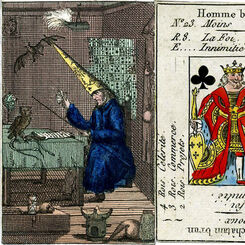
Le Nouvel Etteilla
“Le Nouvel Etteilla” cartomancy deck published in Paris by La Veuve Gueffier, 1806.
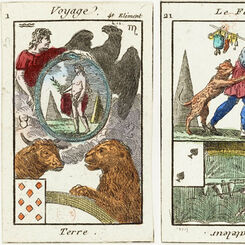
Le Petit Oracle des Dames
Le Petit Oracle des Dames ou Récréation des Curieux, Paris, 1807.
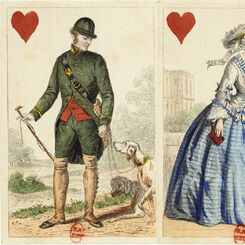
Fashion costume pack by O. Gibert
Elegant fashion costume deck published by O. Gibert, Paris c.1860.
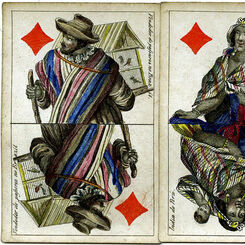
South American Costumes
Costumes of people of Brazil, Peru and Mexico, with views of Rio de Janeiro on the aces.
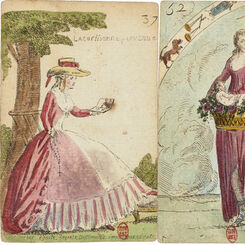
Jeu de Cartomancie pour l’amusement des Dames
Early French Cartomancy deck "for the amusement of Ladies" but also referred to as "Jeu divinatoire ...
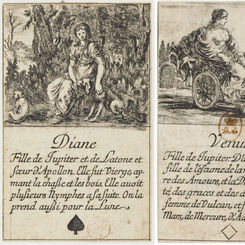
Instructive and Educational Playing Cards
Playing cards with an educational and instructive purpose first trended in mid-17th century France, ...
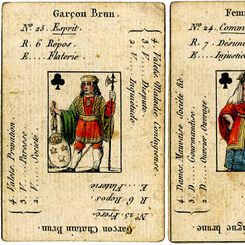
Petit Etteilla cartomancy cards
“Petit Etteilla” cartomancy cards designed and published by Jacques Grasset de Saint-Sauveur, Paris ...
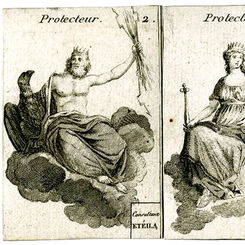
Nouvel Eteila ou le petit nécromancien
“Nouvel Eteila ou le petit nécromancien” cartomancy cards from France, late 18th century.
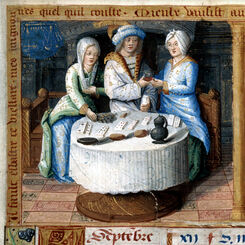
Gambling and Vice in the Middle Ages
Gambling and Vice in the Hours of Charles V: card-playing in the local tavern
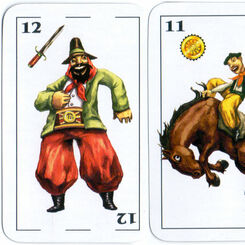
El Rodeo Talabartería
Promotional playing cards produced for ‘El Rodeo Talabartería’ specialising in leather goods and clo...
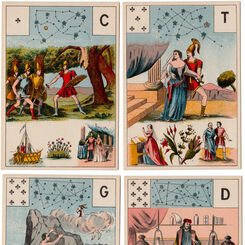
Grand Jeu Lenormand
Chaotic Grandeur in a collage of astrology, folklore and mythology from Parisian salons.

Mongolian Playing Cards
Mongolian Playing Cards.

Livre du Destin
Livre du Destin / The Book of Fate, c.1900, entire deck (32 cards)
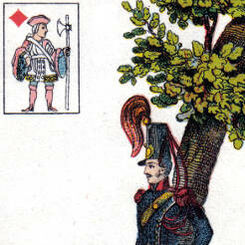
Livre du Destin
Livre du Destin or Book of Fate, printed by B.P.Grimaud, Paris, c.1900.
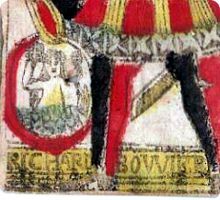
Richard Bouvier
The assorted antique playing cards shown below are examples of the French 'Paris' pattern from the s...

Translucent Erotic Playing Cards, page 2
Translucent Erotic Playing Cards, page 2
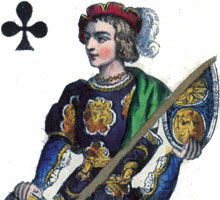
O. Gibert, Paris c.1840-60
Gibert was a master card-maker whose fashionable playing cards were of a very high standard.
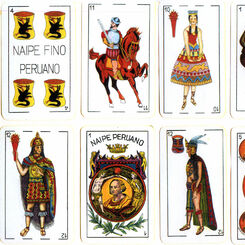
Naipe Peruano
Peruvian costumes playing cards.
Most Popular
Our top articles from the past 60 days






















